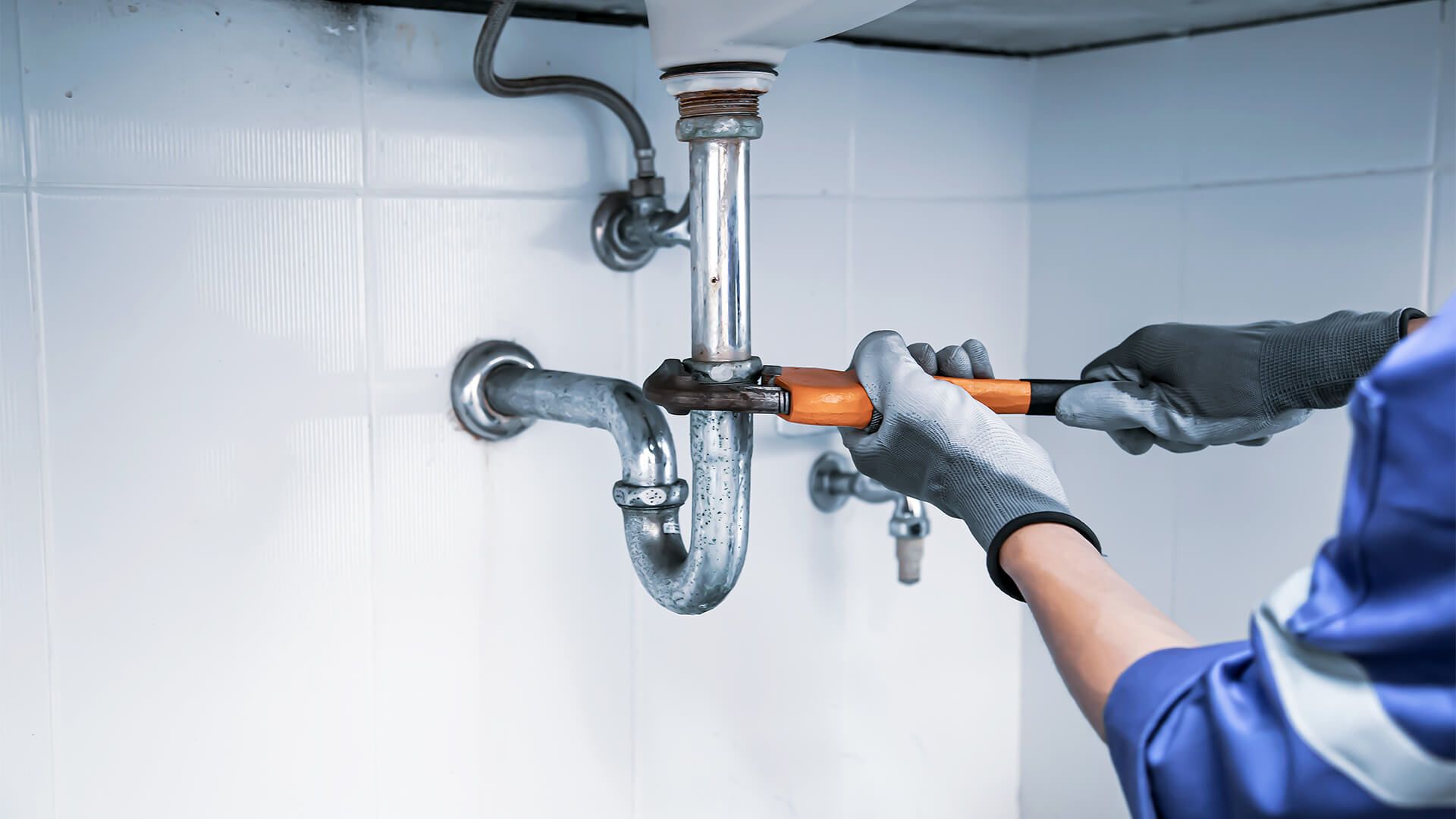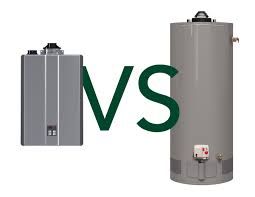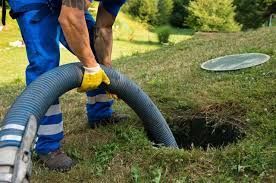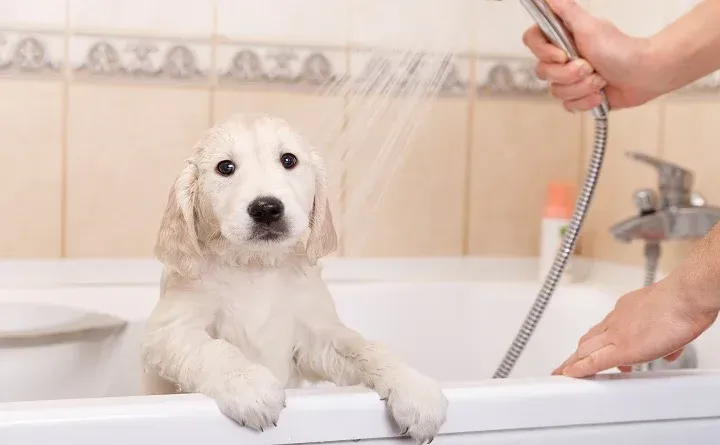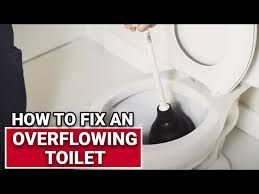What to Expect During a Waterline Repair Service: An In-Depth Guide
Waterline repairs can be a crucial home maintenance task, especially when a leak or break occurs. If your water bill has suddenly spiked or you've noticed water pooling in unexpected areas, it’s time to investigate your waterline. Knowing what to expect during a waterline repair service can help you prepare for the process, minimize disruption, and ensure you make informed decisions about your home’s plumbing needs.
Signs You May Need Waterline Repair
Before we dive into the repair process, it’s important to understand when a waterline repair might be necessary. Here are common signs that you may need to call a professional:
- Sudden increase in your water bill
- Low water pressure
- Wet spots in your yard or basement
- Unexplained puddles on your property
- The sound of running water even when taps are off
If you notice any of these signs, it's important to schedule an inspection to determine the issue. A minor leak can turn into a significant problem if not addressed promptly.
Initial Inspection and Assessment
Once a plumber arrives, the first step in the repair process will be to inspect the waterline to determine the location and extent of the damage. This assessment can include:
- Visual inspection: The plumber will check for obvious signs of leaks, pooling water, or damage to exposed pipes.
- Pressure testing: A pressure test may be conducted to confirm that the issue lies within the waterline.
- Use of specialized tools: In some cases, plumbers may use acoustic devices or infrared cameras to detect leaks underground or within walls.
The plumber will then provide you with a detailed explanation of the issue and outline the necessary repairs.
Types of Waterline Repair Methods
The method used for your waterline repair depends on the extent of the damage and the location of the leak. Here are the most common waterline repair methods:
1. Traditional Dig-and-Replace Method
This is the most common method of waterline repair and involves digging up the damaged section of the pipe and replacing it. While effective, it can be disruptive since it requires excavation, which may disturb your yard or driveway.
Pros:
- Effective for significant leaks or breaks
- Can be used on any type of waterline material
Cons:
- Time-consuming
- Damaging to landscaping or paved surfaces
2. Trenchless Pipe Repair (Pipe Bursting or Relining)
Trenchless methods are less invasive and do not require extensive digging. Instead, plumbers create small access points and either pull a new pipe through the old one (pipe bursting) or insert a liner inside the damaged pipe (pipe relining).
Pros:
- Minimally invasive
- Preserves landscaping and driveways
- Faster than traditional methods
Cons:
- Slightly more expensive
- May not be suitable for extremely old or severely damaged pipes
3. Spot Repairs
If the leak is minor and isolated to a specific section, the plumber may choose to repair only that portion. This could involve patching or replacing a small section of the pipe.
Pros:
- Quick and cost-effective for minor leaks
- Less invasive than full pipe replacement
Cons:
- Only suitable for small, localized issues
- May not address underlying issues in older pipes
What Happens During the Waterline Repair Process
Step 1: Shutting Off the Water
Before any work begins, the plumber will shut off the water supply to your home. This is necessary to prevent flooding and to safely work on the waterline. Depending on your home’s layout, this may mean shutting off water to the entire house.
Step 2: Excavation or Access Creation
In the case of traditional methods, excavation will take place to access the damaged pipe. For trenchless repairs, the plumber will create small access points to either side of the affected pipe.
Step 3: Pipe Repair or Replacement
Once the damaged area is accessed, the plumber will either repair or replace the pipe, depending on the extent of the damage. For trenchless repairs, a new pipe or lining will be inserted into the existing pipe, eliminating the need for full excavation.
Step 4: Testing and Restoration
After the repair or replacement is completed, the plumber will test the system to ensure there are no more leaks and that water pressure has been restored. If everything checks out, the final step is to restore any areas that were disturbed during the repair process, such as refilling trenches or patching access holes.
Potential Risks and Challenges
During a waterline repair, a few risks and challenges may arise, including:
- Unanticipated damage: Excavation may reveal additional damage or issues, such as corroded pipes or tree roots, leading to extended repairs.
- Temporary water shut-off: You may experience a lack of water for several hours or even a day during the repair.
- Cost overruns: If unexpected complications arise, the cost of repairs may increase. It’s important to budget for potential surprises.
Preventing Future Waterline Issues
To avoid future waterline damage, consider the following preventive measures:
- Regular inspections: Schedule periodic inspections to catch potential problems early.
- Monitor water pressure: High water pressure can cause stress on your pipes, leading to leaks. Consider installing a pressure regulator.
- Tree root management: If you have trees near your waterline, keep an eye on their root growth to prevent pipe damage.
- Replace aging pipes: If your pipes are old, consider replacing them before a major issue arises.
FAQs About Waterline Repair
What causes waterline damage?
Waterline damage can be caused by a variety of factors, including tree roots, shifting soil, corrosion, freezing temperatures, and high water pressure.
How long does a waterline repair take?
The duration of the repair depends on the method used and the extent of the damage. Traditional dig-and-replace methods can take several days, while trenchless repairs may be completed within a few hours.
Is trenchless waterline repair more expensive?
Trenchless methods are typically more expensive upfront, but they may save you money in the long run by avoiding the costs associated with restoring landscaping or driveways.
How do I know if my waterline needs repair or replacement?
A professional plumber can assess the condition of your waterline and recommend the best course of action. Minor leaks may only require repair, while older or severely damaged pipes may need replacement.
Can I stay in my home during waterline repair?
Yes, but you may experience temporary water shut-offs. Most repairs can be completed without displacing homeowners.
Conclusion
Waterline repairs are a crucial part of maintaining your home’s plumbing system. Understanding the signs of damage, the repair methods available, and what to expect during the process will help you make informed decisions and minimize disruptions. Whether you opt for traditional or trenchless methods, addressing waterline issues promptly can save you from more extensive (and expensive) damage down the road.
Facts About Water Line Replacement That Everyone Should Know

